Although it had secured consecutive Isle of Man Senior TT victories (in 1912/13,) Scott's racing fortunes, at least as far as the TT was concerned, went into relative decline after WWI, although the firm continued to be a strong contender for Senior honours. By the late 1920s the Scotts were down on power compared to the fast-developing four-strokes and 1928 would be the final year that one finished on the Senior TT leaderboard. Thereafter the company's racing programme gradually would down and it would be many years before another purpose-built racing Scott emerged. In 1950 the company went into voluntary liquidation and its assets were purchased by Matt Holder, owner of the Aerco Jig & Tool Company, of St Mary's Row, Birmingham, where production eventually resumed. Rumours of a new Scott racer began circulating in the motorcycling press early in 1964 and in July of that year the machine received its press launch. (This event was covered by the magazines of the day and copies of related articles are in the comprehensive file of data accompanying the machine). The men behind the project were Scott engineer Bill Reid and two-stroke gurus Hermann Meier and Brian Woolley, who were responsible for developing the engine, and Brian Bulmer, designer of the frame and cycle parts. Scott's new racing engine was an air-cooled twin-cylinder unit of 344cc, which drove via an Albion five-speed gearbox. Compared with previous Scotts it was almost entirely conventional, the only nod towards tradition being the retention of the characteristic large central flywheel, though this was discarded early in the development process. Intended as a 350-class clubman's racer, the Scott proved to be as fast as the AJS 7Rs on its racing debut at Oulton Park in October 1964. Ridden by Barry Scully, the Scott finished 3rd in its heat but could only manage 13th in the final, bedevilled by crankcase sealing problems. These were overcome by adopting piston ring labyrinth seals and the Scott became steadily faster and more reliable as development progressed. In the Manx Grand Prix Scully was holding a respectable 10th place in the Junior race when the battery failed, forcing him to retire. This typified the kind of trivial problem that plagued the Scott. Late in 1965 Bruce Main-Smith tested the machine at Silverstone for Motor Cycling magazine, reporting that in terms of speed and handling it was far superior to rival 350s from AJS, Norton and Aermacchi. BM-S reckoned that the design had great potential but sadly the project ground to a halt and the Scott disappeared from view. Little or nothing was heard of the Scott racer until 1988, when the machine's previous owner, a lifelong Vintage Scott fan and member of the owners club, discovered the distinctive prototype engine in Len Vale-Onslow's emporium. Extensive enquiries then led to the discovery of the original machine (in dismantled form) still in the possession of Barry Scully. A rebuild was carried out over the next three years with the assistance of Brian Woolley (copies of all the correspondence are on file). The restoration was completed in 1991 and the Scott returned to the racetrack at CRMC meetings. Over the next five years further improvements were made and in its current configuration the machine is capable of revving to 13,000rpm, showing some serious speed. Externally the machine is pure Scott: the barrels and crankcases, complete with labyrinth seals, are all original while internally there are many modifications including Rotax crank pins, Yamaha TZ silver-plated bearing cages, Yamaha RD400 con-rods and Kawasaki H1 pistons. Other improvements include a Newby belt primary drive/clutch and Boyer Bransden electronic ignition. Importantly, all the relevant parts to return the engine to factory specification are retained and, together with the original prototype engine, are offered with the machine. A list of spares, tooling, etc is in the data file. Currently breathing through a pair of Amal Concent
Although it had secured consecutive Isle of Man Senior TT victories (in 1912/13,) Scott's racing fortunes, at least as far as the TT was concerned, went into relative decline after WWI, although the firm continued to be a strong contender for Senior honours. By the late 1920s the Scotts were down on power compared to the fast-developing four-strokes and 1928 would be the final year that one finished on the Senior TT leaderboard. Thereafter the company's racing programme gradually would down and it would be many years before another purpose-built racing Scott emerged. In 1950 the company went into voluntary liquidation and its assets were purchased by Matt Holder, owner of the Aerco Jig & Tool Company, of St Mary's Row, Birmingham, where production eventually resumed. Rumours of a new Scott racer began circulating in the motorcycling press early in 1964 and in July of that year the machine received its press launch. (This event was covered by the magazines of the day and copies of related articles are in the comprehensive file of data accompanying the machine). The men behind the project were Scott engineer Bill Reid and two-stroke gurus Hermann Meier and Brian Woolley, who were responsible for developing the engine, and Brian Bulmer, designer of the frame and cycle parts. Scott's new racing engine was an air-cooled twin-cylinder unit of 344cc, which drove via an Albion five-speed gearbox. Compared with previous Scotts it was almost entirely conventional, the only nod towards tradition being the retention of the characteristic large central flywheel, though this was discarded early in the development process. Intended as a 350-class clubman's racer, the Scott proved to be as fast as the AJS 7Rs on its racing debut at Oulton Park in October 1964. Ridden by Barry Scully, the Scott finished 3rd in its heat but could only manage 13th in the final, bedevilled by crankcase sealing problems. These were overcome by adopting piston ring labyrinth seals and the Scott became steadily faster and more reliable as development progressed. In the Manx Grand Prix Scully was holding a respectable 10th place in the Junior race when the battery failed, forcing him to retire. This typified the kind of trivial problem that plagued the Scott. Late in 1965 Bruce Main-Smith tested the machine at Silverstone for Motor Cycling magazine, reporting that in terms of speed and handling it was far superior to rival 350s from AJS, Norton and Aermacchi. BM-S reckoned that the design had great potential but sadly the project ground to a halt and the Scott disappeared from view. Little or nothing was heard of the Scott racer until 1988, when the machine's previous owner, a lifelong Vintage Scott fan and member of the owners club, discovered the distinctive prototype engine in Len Vale-Onslow's emporium. Extensive enquiries then led to the discovery of the original machine (in dismantled form) still in the possession of Barry Scully. A rebuild was carried out over the next three years with the assistance of Brian Woolley (copies of all the correspondence are on file). The restoration was completed in 1991 and the Scott returned to the racetrack at CRMC meetings. Over the next five years further improvements were made and in its current configuration the machine is capable of revving to 13,000rpm, showing some serious speed. Externally the machine is pure Scott: the barrels and crankcases, complete with labyrinth seals, are all original while internally there are many modifications including Rotax crank pins, Yamaha TZ silver-plated bearing cages, Yamaha RD400 con-rods and Kawasaki H1 pistons. Other improvements include a Newby belt primary drive/clutch and Boyer Bransden electronic ignition. Importantly, all the relevant parts to return the engine to factory specification are retained and, together with the original prototype engine, are offered with the machine. A list of spares, tooling, etc is in the data file. Currently breathing through a pair of Amal Concent




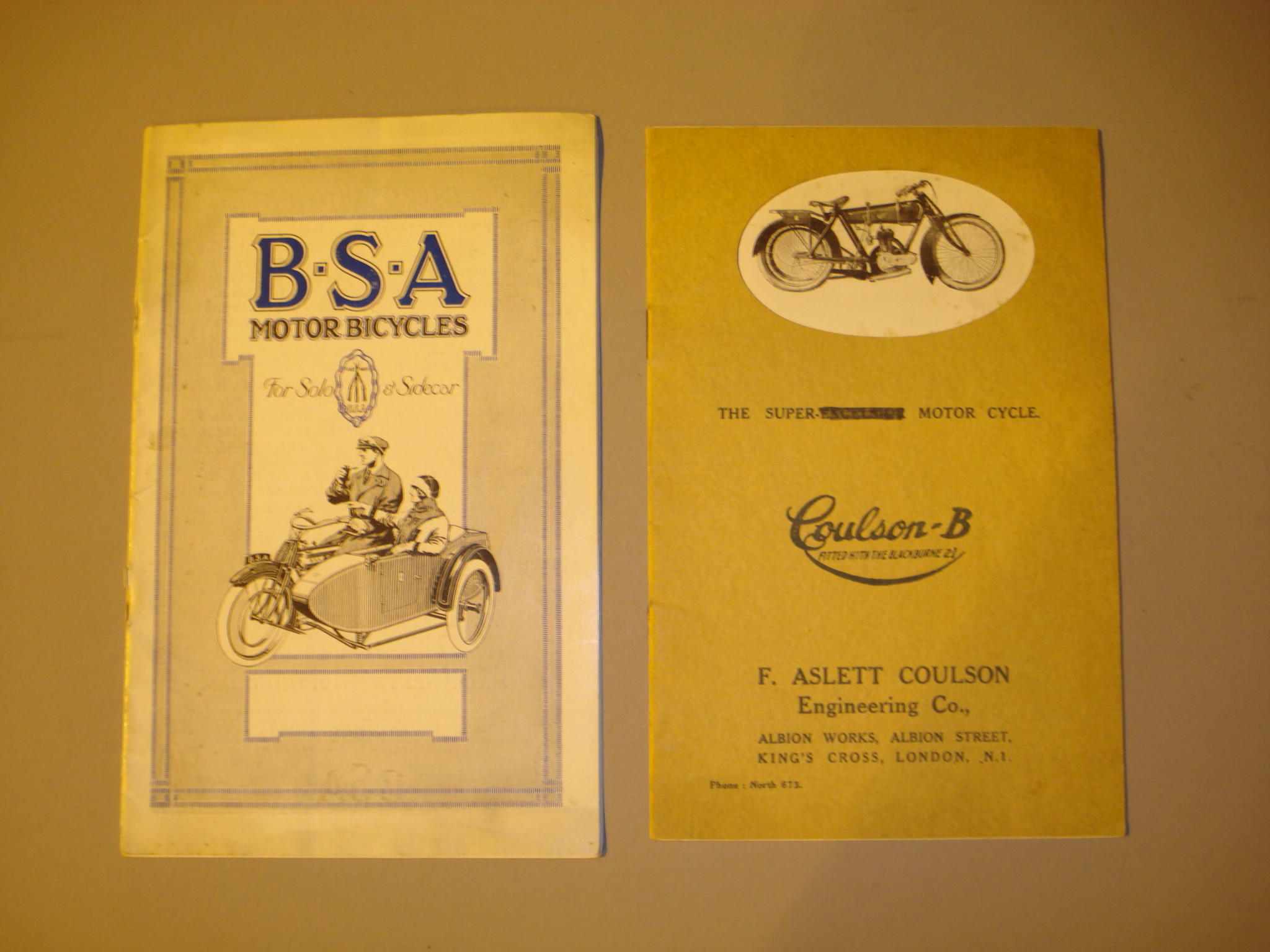
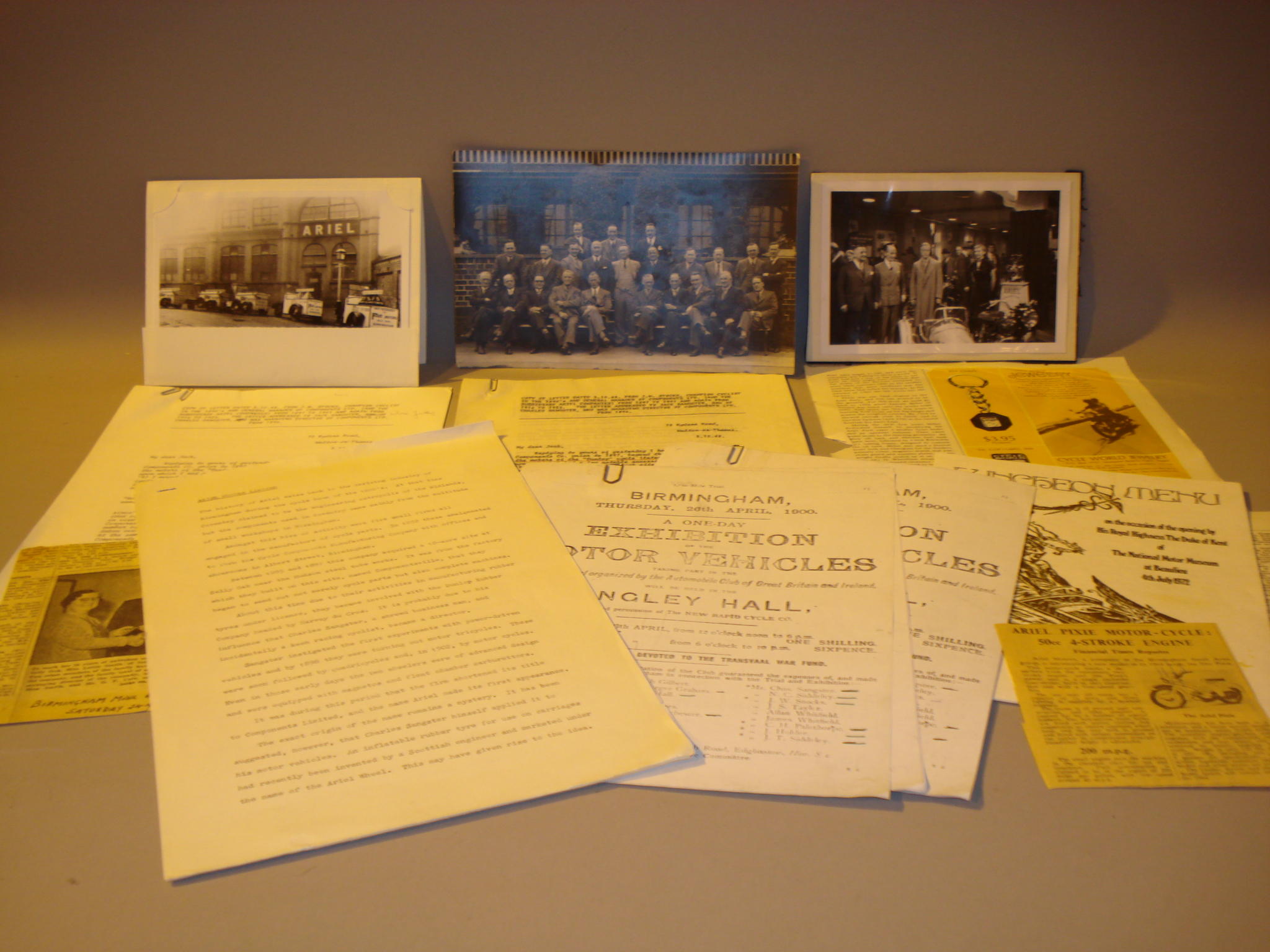


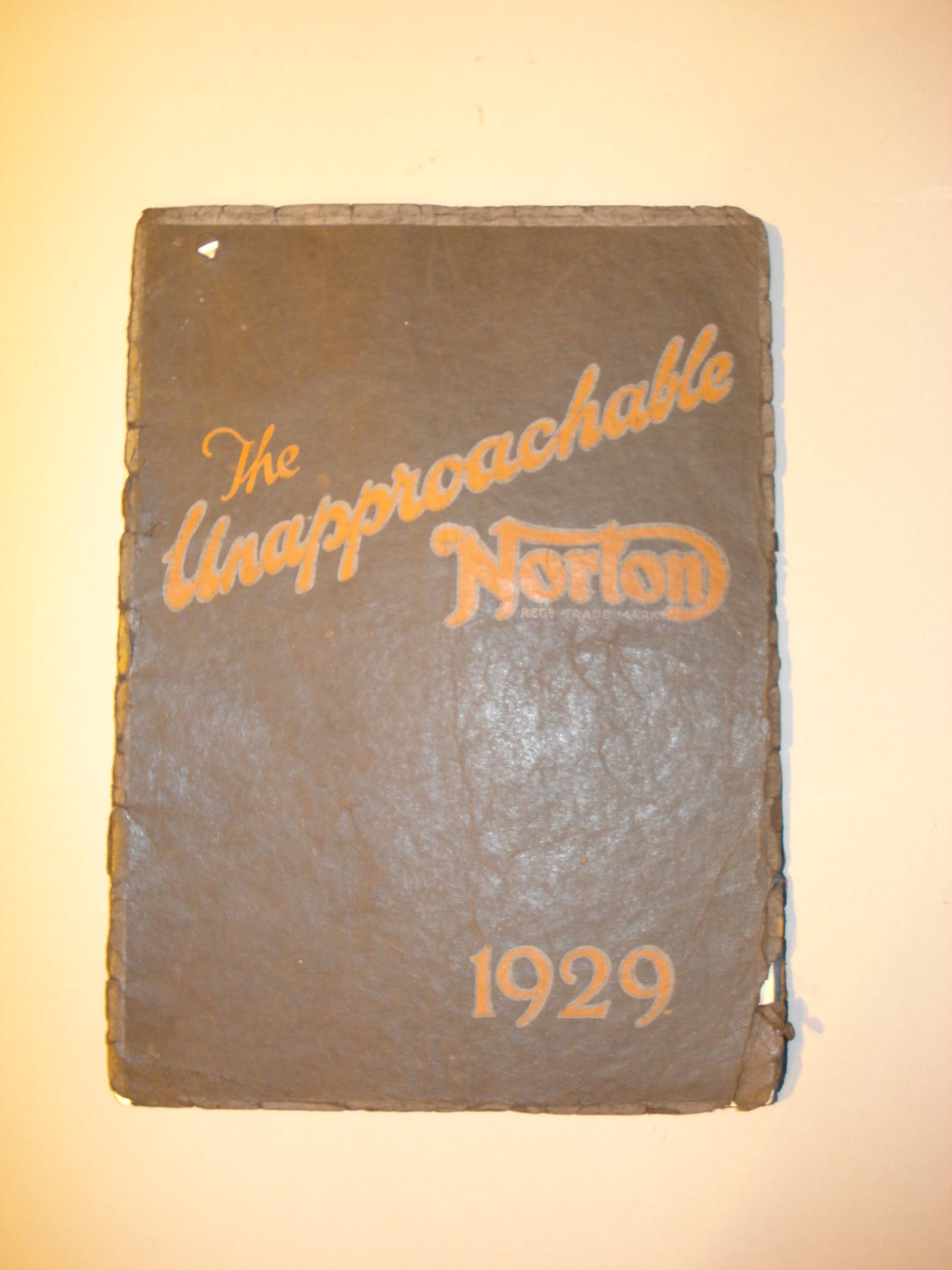

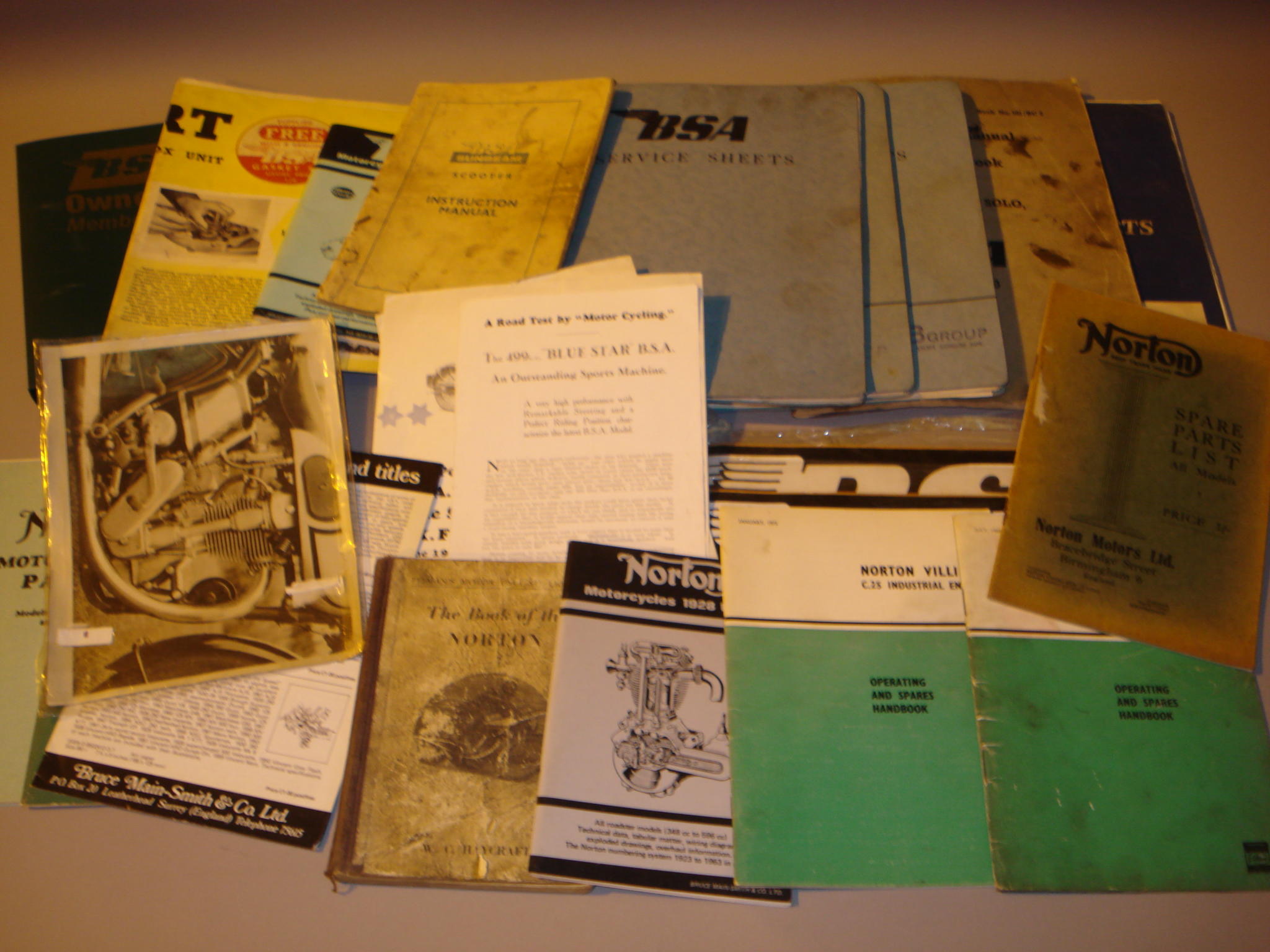
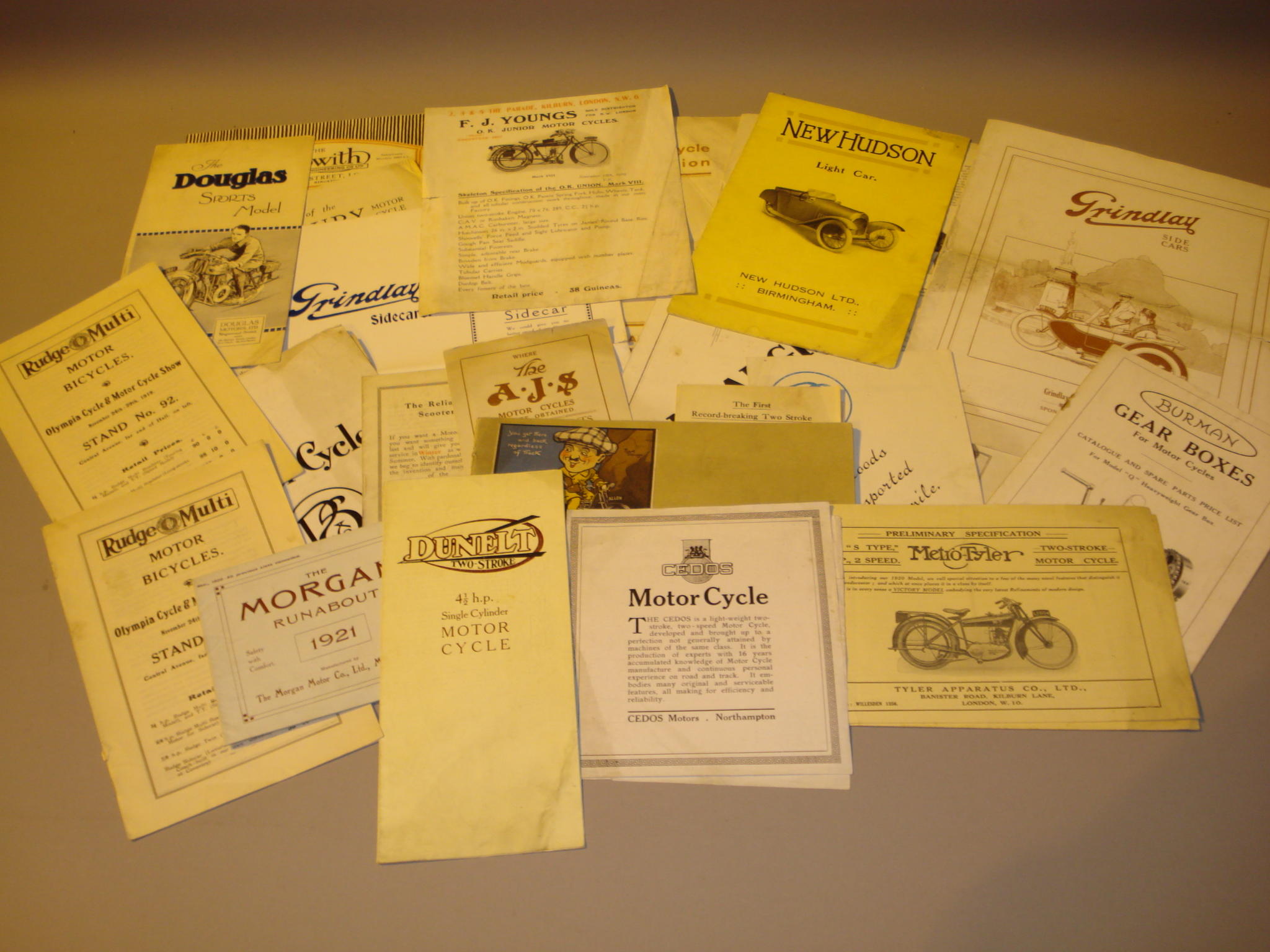
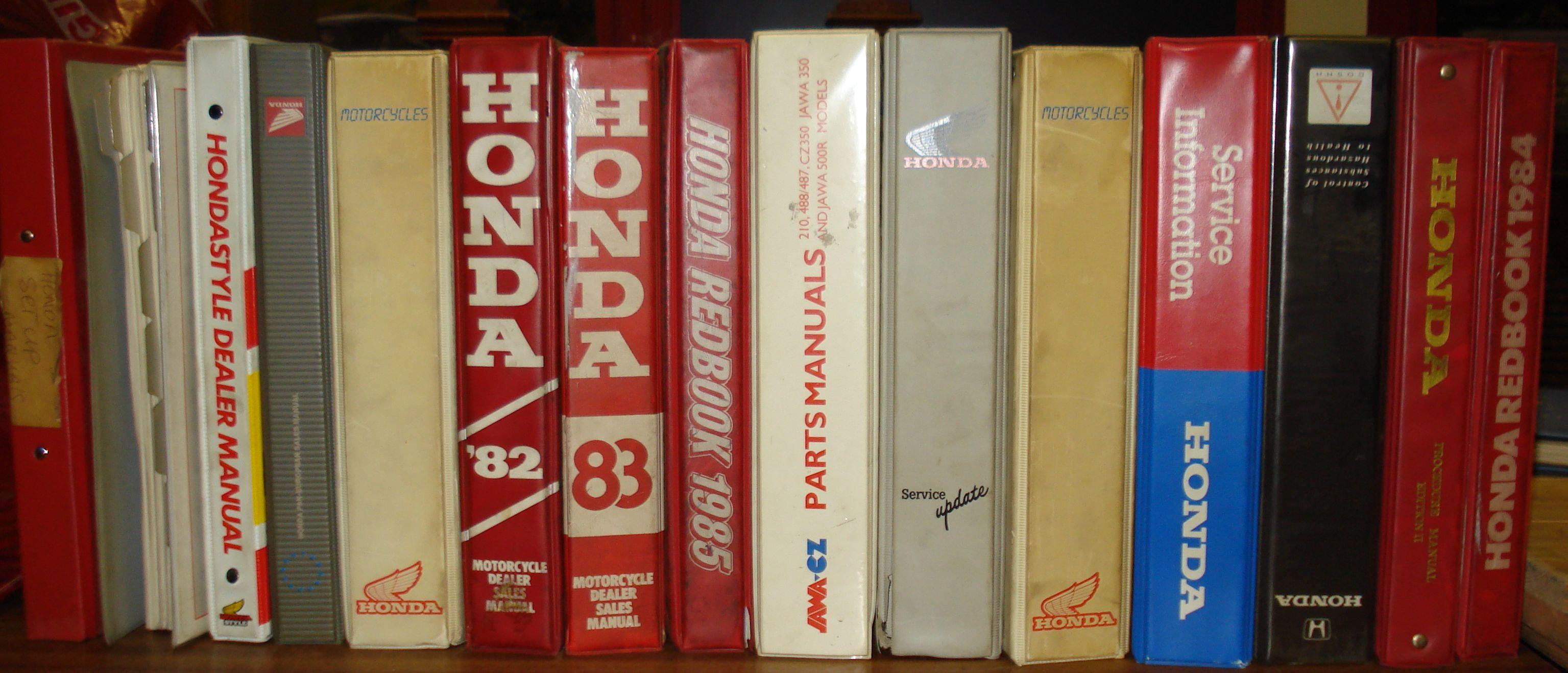
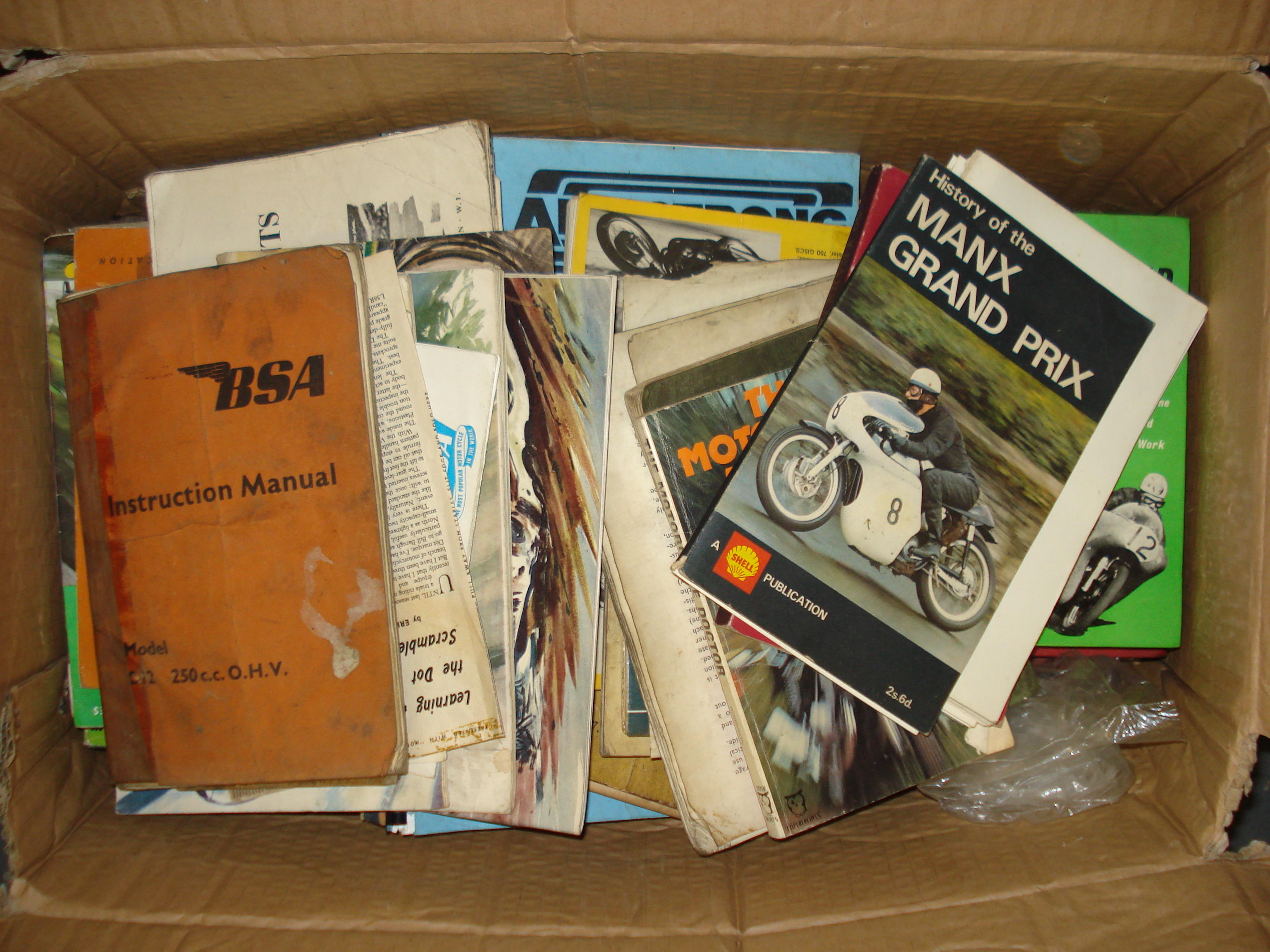
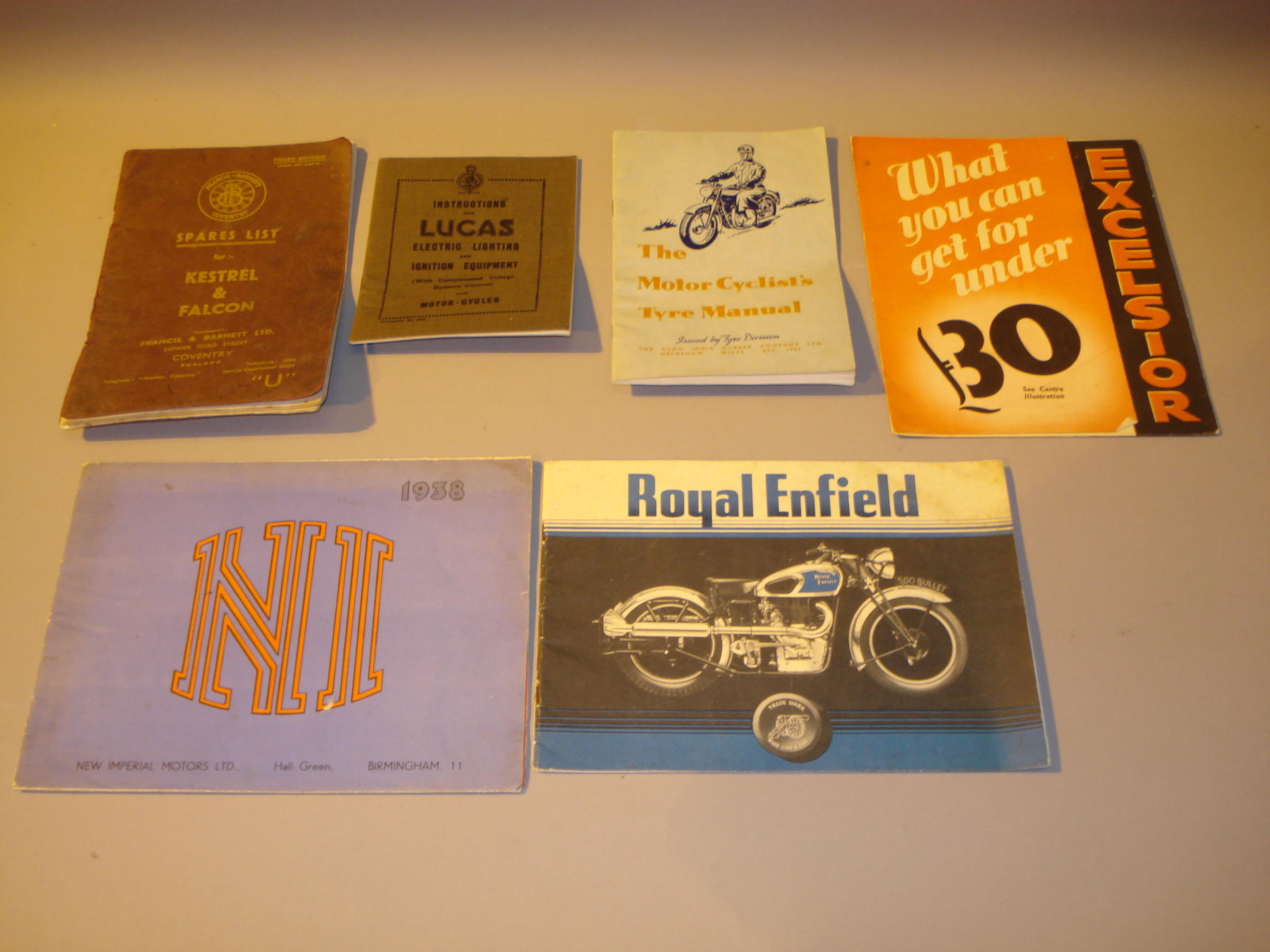
Testen Sie LotSearch und seine Premium-Features 7 Tage - ohne Kosten!
Lassen Sie sich automatisch über neue Objekte in kommenden Auktionen benachrichtigen.
Suchauftrag anlegen